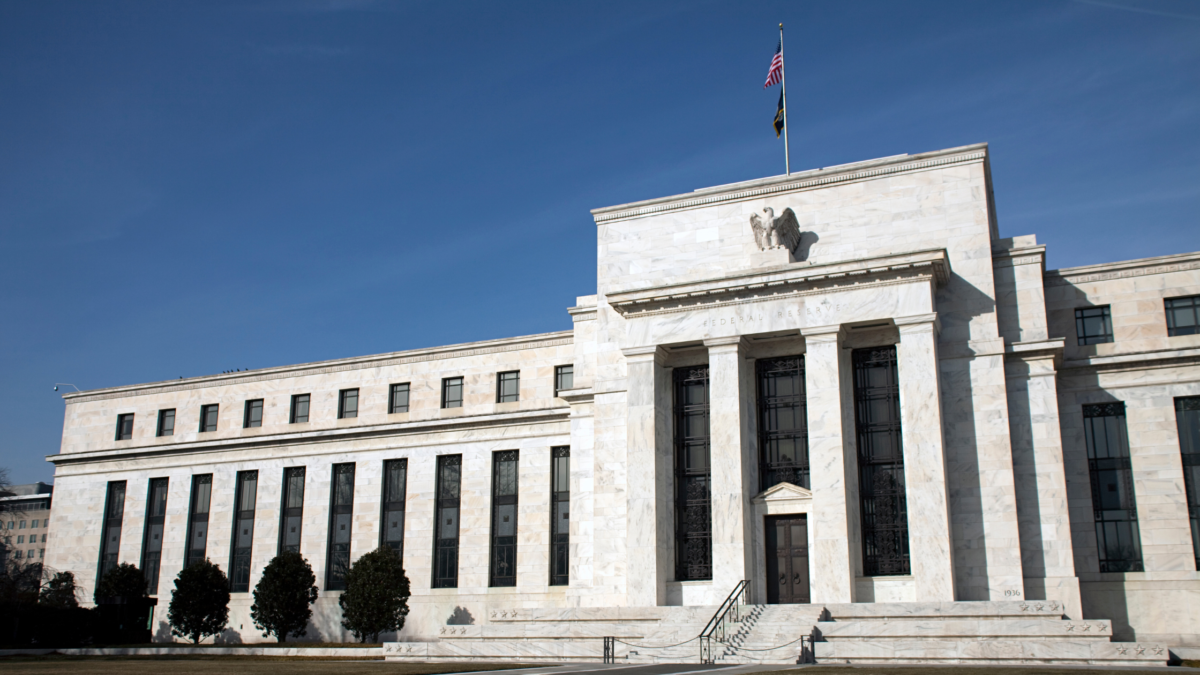The Federal Reserve (Fed) raised its benchmark interest rate by 0.75 percentage points, the biggest such increase since 1994, during the Federal Open Market Committee (FOMC) meeting earlier this week.
The increase took the level of the Fed’s benchmark funds rate to a range of 1.5%-1.75%, the highest since before the COVID-19 outbreak in March 2020.
What is more interesting is the Fed’s dot-plot forecast, which the US central bank uses to signal its outlook for the interest rates path (see below).
From the chart, we can expect the Fed fund rates to eventually increase to 3.4%.
At least 1.75% increase over next four meetings
The Fed’s dot-plot chart shows us that the Fed will raise rates at least another 175 basis points (bps) over the next four meetings.
Despite these official forecasts, Fed Chairman Jerome Powell said on Wednesday that the central bank is willing to take a more aggressive stance to tame the hottest inflation in 40 years, including another potential 75 bps increase during the next meeting:
“Clearly today’s 75-basis point increase is an unusually large one and I do not expect moves of this size to be common.
From the perspective of today, either a 50-basis point or a 75-basis point increase seems most likely at our next meeting.”
2022 growth outlook cut
Aside from the Fed’s guidance on its interest rate path, officials also significantly cut their outlook for 2022 GDP growth to 1.7%, as compared to a 2.8% forecast back in March.
Meanwhile, inflation projections (as gauged by personal consumption expenditures) also rose to 5.2% this year, from 4.3% previously.
Recession risks heightened
The Fed chairman made it clear during the Wednesday press conference that the central bank’s actions are not intended to tip the economy into a recession, but the risks of a recession have heightened following the FOMC meeting.
Bloomberg Economics’ latest estimates suggest that there is a 75% chance of a recession in the US by the start of 2024.
Historical data also suggest that aggressive Fed tightening cycles often end in a recession.
Stay invested with a defensive bias
Despite the risks of a recession, overreacting to any recession signal could be costly. Investors can’t hope to time a recession reliably and economic expansion often lasts longer than many expect.
When recession strikes, it is best to focus on the long-term horizon and manage your exposure, risk and capital allocation.
Here are 5 asset allocation strategies that I wrote about at the end of last year and which should come in handy for new investors.
In my opinion, investors should remain invested with a defensive-biased strategy that focuses on well-managed companies with strong track records, low debt levels, good cash flows and strong balance sheets.

Disclaimer: ProsperUs Investment Coach Billy Toh doesn’t own shares of any companies mentioned.










